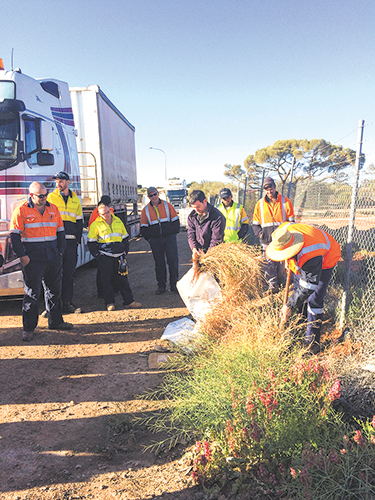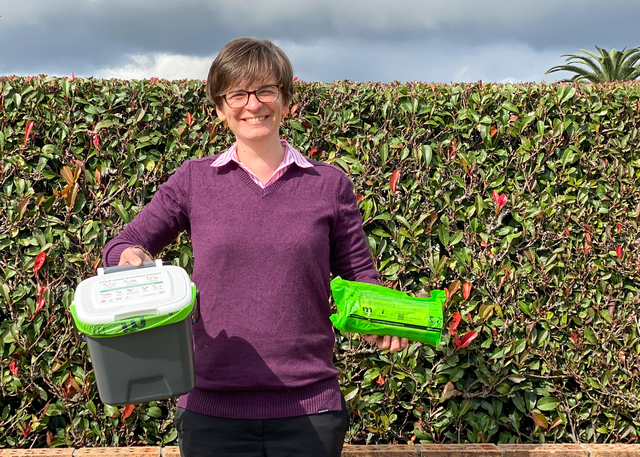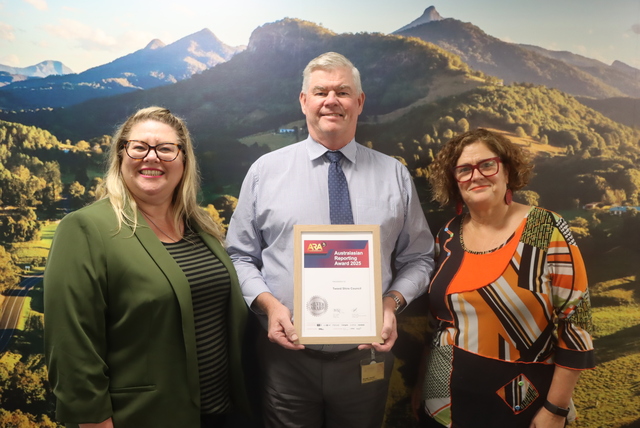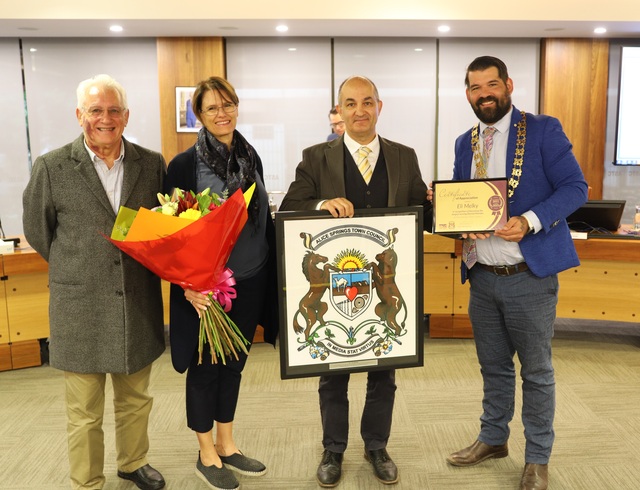Since 2012, Roxby Council in northern South Australia has set to work taming a pesky plant: buffel grass.
Buffel grass (Cenchrus ciliaris) was introduced to central Australia in the late 1800s with the arrival of Afghan camels.
Today, in the mining town Roxby Downs, the weed is popular fodder for cattle and can be found on many pastoral properties. It is also used for dust and erosion control.
Buffel grass is highly flammable, significantly increasing the likelihood of a fire occurring threatening local plants like the Myall, Mulga and native pine trees in the area. The local flora have not adapted to the intense heat of buffel grass fires.
The grass is very tolerant of drought, which is why it grows so well in the outback of central Australia. It has a deep root system and can therefore access nutrients and water supplies more efficiently than most native vegetation.
It is a declared plant and is regulated under the Natural Resources Management Act 2004.
Roxby Council believes buffel grass poses a serious threat to the native flora and fauna in the region so, with this in mind, the Buffel Busters group was formed in 2012.
The group is made up of various environmental stakeholders backed by Roxby Council. Since its formation, the group has significantly reduced the threat of buffel grass to the community. It has provided a strategic overview of how to tackle buffel grass and streamlined communications between working groups.
The initiative is a combined effort of residents, business and Council. It has successfully enabled the community to work together for effective weed management.
The group meets regularly to discuss infestations and to organise working bees with the general public. Buffel Busters holds information sessions and in-field demonstrations for contracting companies so that best management practices are put in place. The group have installed roadside signage along major traffic routes around Roxby Downs to alert the public and urge them to report
local infestations.








